Women of Agriculture – Women’s History Month
As we assist farmers, ranchers, and foresters in advancing agriculture, we take the time to acknowledge the achievements of those who paved the way for us. While names like George Washington Carver and Eli Whitney come to mind, we must also remember the countless unknown women—the “Wonder Women” of agriculture—who have made a significant impact on the world around us.
March is Women’s History Month, which began with the first National Women’s Day on February 29, 1909, in New York. In celebration of this month, let’s highlight a few remarkable women who have shaped our lives and our passion for agriculture.
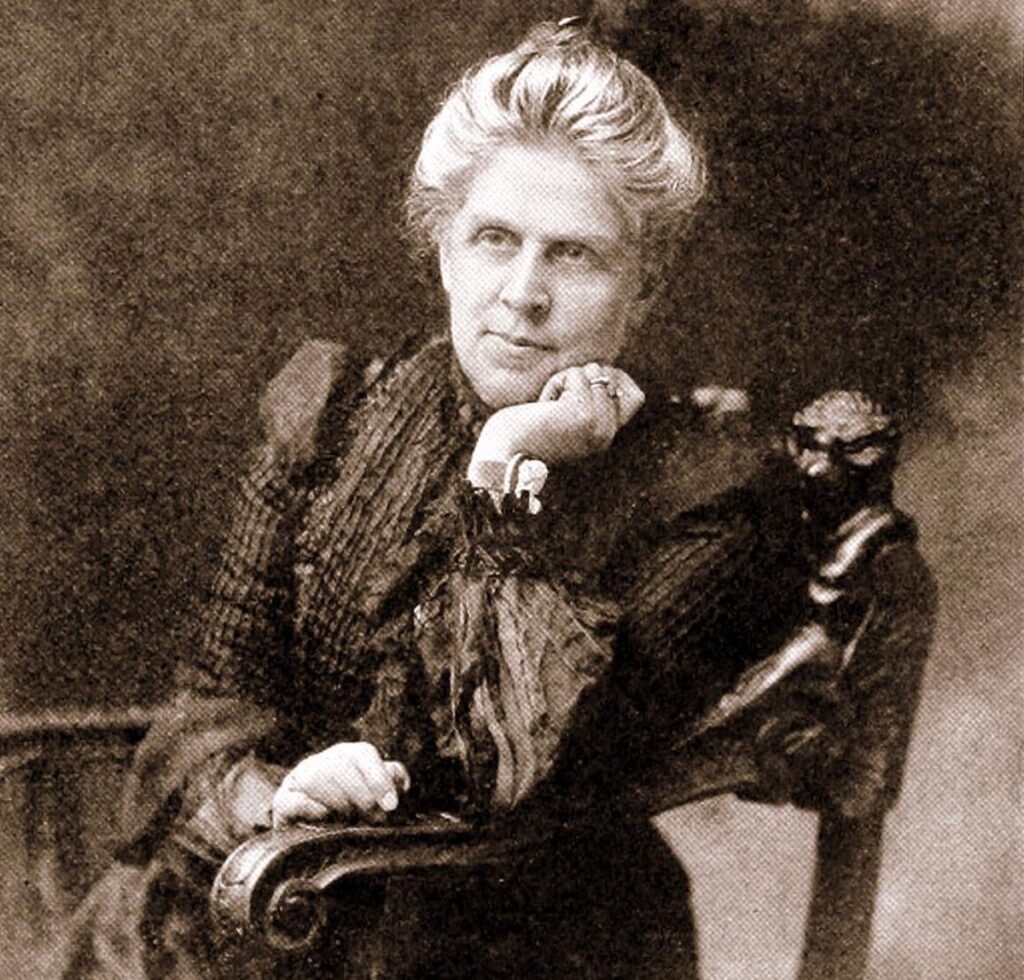
Harriet Williams Russell Strong (USA, 1844-1926)
Widowed with kids and without any formal education, Harriet pioneered new methods in water conservation and dry land irrigation to supply her walnut, olive and pomegranate plantings. She created several inventions and patents, raised fast-growing pampas grass and sold plumes in her efforts to save her family and ranch from debt. She later became the leading commercial grower of walnuts in the U.S. Her life’s work and advocacy for water conservation, irrigation, women’s rights and education gained her fame as an inventor, agricultural pioneer, civic leader, philanthropist and advocate for women.
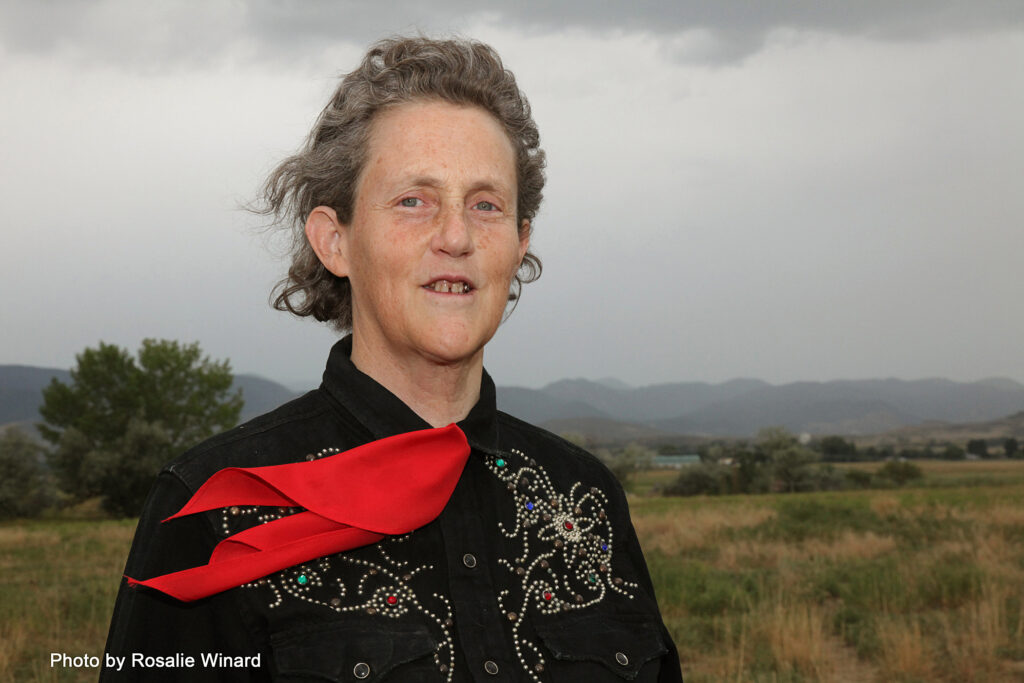
Dr. Temple Grandin (USA, 1947-present)
Temple’s life experiences with autism have influenced her work in animal behaviors in relation to handling and facility design at farms, ranches and slaughter plants. She is a well-known advocate for autism and the protections and rights of animals. Being author and co-author to numerous scientific studies, articles and books, she has shed light on animal welfare issues. Her work helped develop the Double Rail Restrainer Conveyor for Livestock Handling, a scoring system to assess animal welfare, and curved corrals used to reduce animal stress, among other designs and best practices.
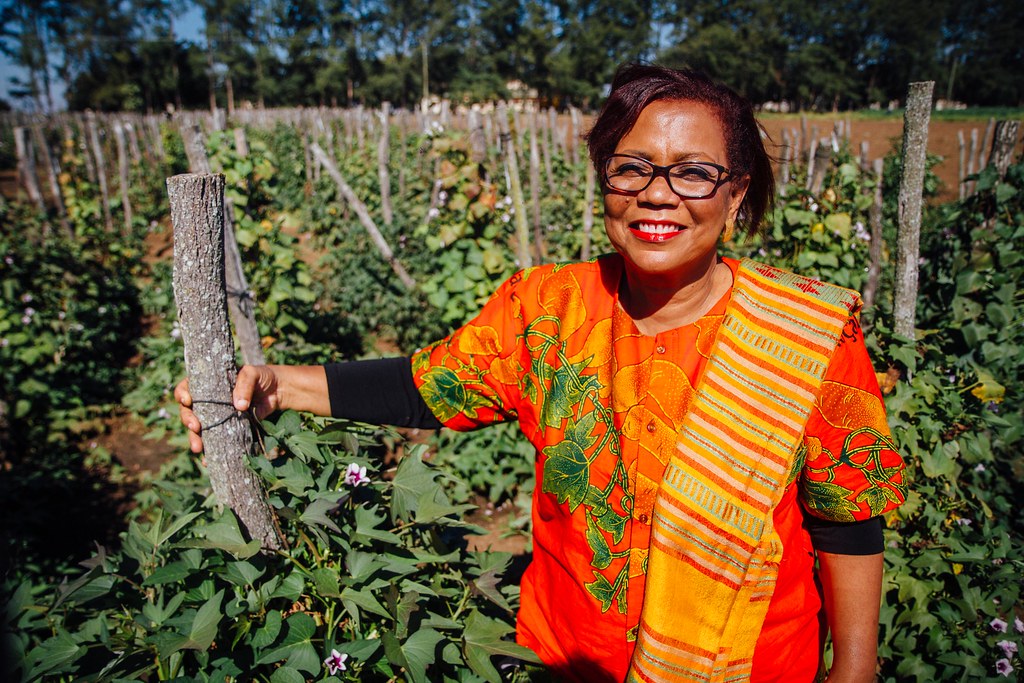
Dr. Maria Andrade (Cape Verde, 1958-present)
Maria’s research led to the introduction of nine drought-tolerant varieties of sweet potatoes to farmers in Mozambique. Along with her colleagues, Dr. Robert Mwanga and Dr. Jan Low, they developed bio-fortified, orange-fleshed sweet potatoes. These Vitamin A enriched sweet potatoes were bred to thrive in the varying conditions of Sub-Saharan Africa and to counteract Vitamin A deficiencies. By educating farmers and consumers, Maria and her colleagues bridged the gaps between agriculture, nutrition, and health, ultimately changing the working dynamic of the international community.
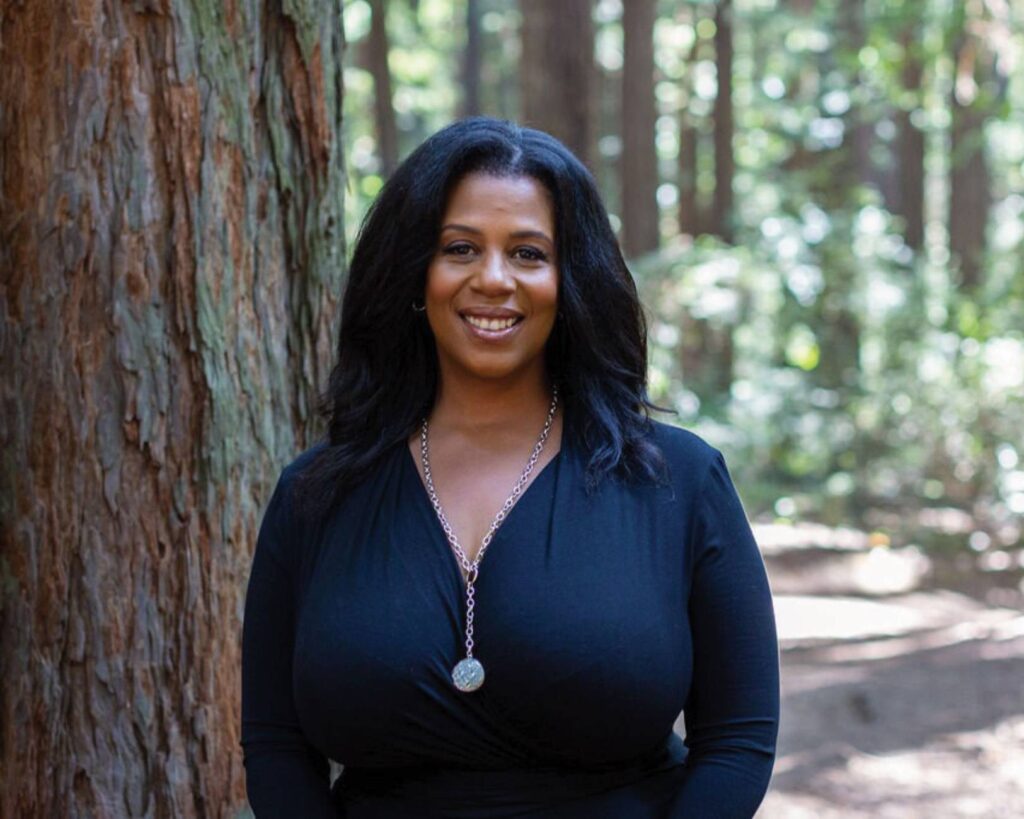
Rue Mapp
After growing up in an outdoor-loving family, an adult Mapp was surprised to find that she was the only African American woman in her hiking groups and bike trips. Determined to get more members of her community involved in the outdoors, Mapp founded Outdoor Afro, a nonprofit organization dedicated to connecting Black Americans with outdoor spaces. Mapp’s goal is to shift the visual representation of what getting out into nature in America looks like and provide outdoor leadership training for people of color.
Her work has successfully connected underrepresented communities to nature and the benefits of spending more time outdoors. She currently serves on the boards of the Outdoor Industry Association the Wilderness Society, helping to shape conservation initiatives. She has also been named a National Geographic fellow.
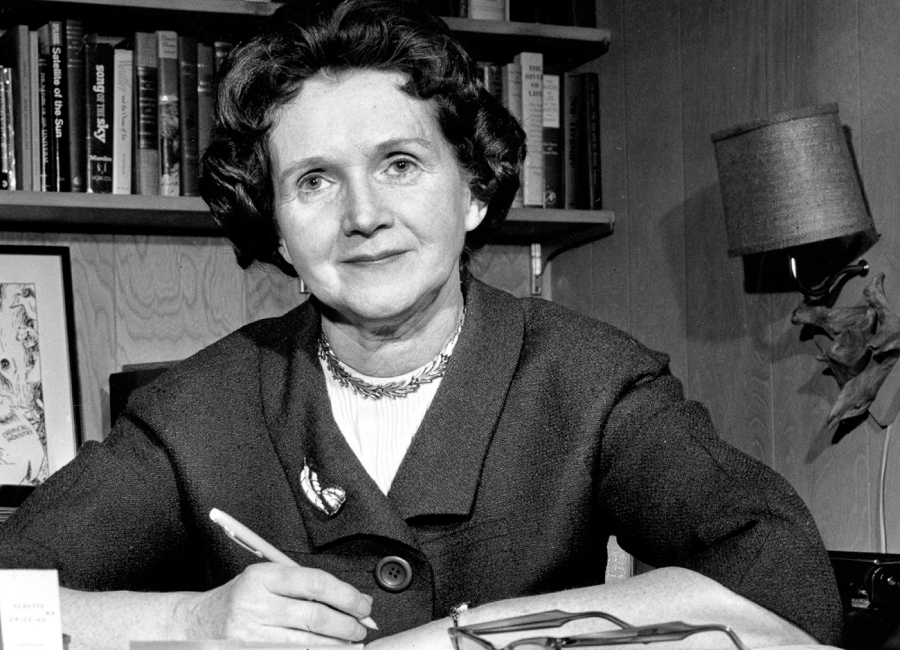
Rachel Carson
Carson began her career as an aquatic biologist writing radio scripts for the U.S. Bureau of Fisheries and eventually rose to become editor-in-chief of all publications for the U.S. Fish and Wildlife Service. In 1962, she published her seminal work “Silent Spring”, which brought widespread attention to the effects of dichloro-diphenyl-trichloroethane, an insecticide more commonly known as DDT, on bird populations. The public outcry that followed led to stricter regulations on chemical use in the environment, and Carson has since been credited with helping to launch the environmental movement.
There are many fearless women deserving tribute with many more to come as women continue to advance agriculture. In the U.S. alone, 31 percent of farmers are women, farming over 300 million acres with an economic impact of $12.9 billion.
Sources: Wonder Women of Agriculture | HomeEight Women Who Have Shaped Conservation | Theodore Roosevelt Conservation Partnership
